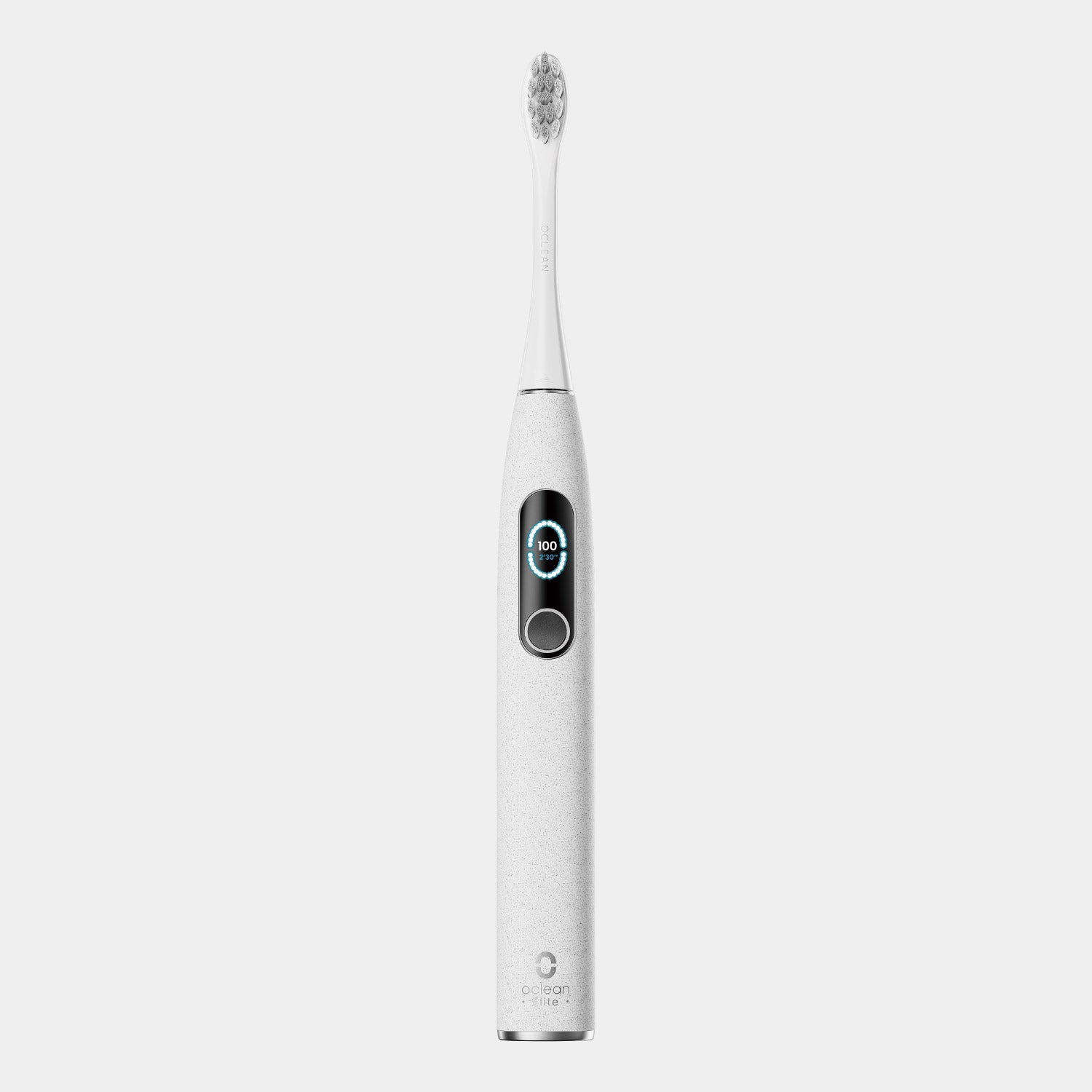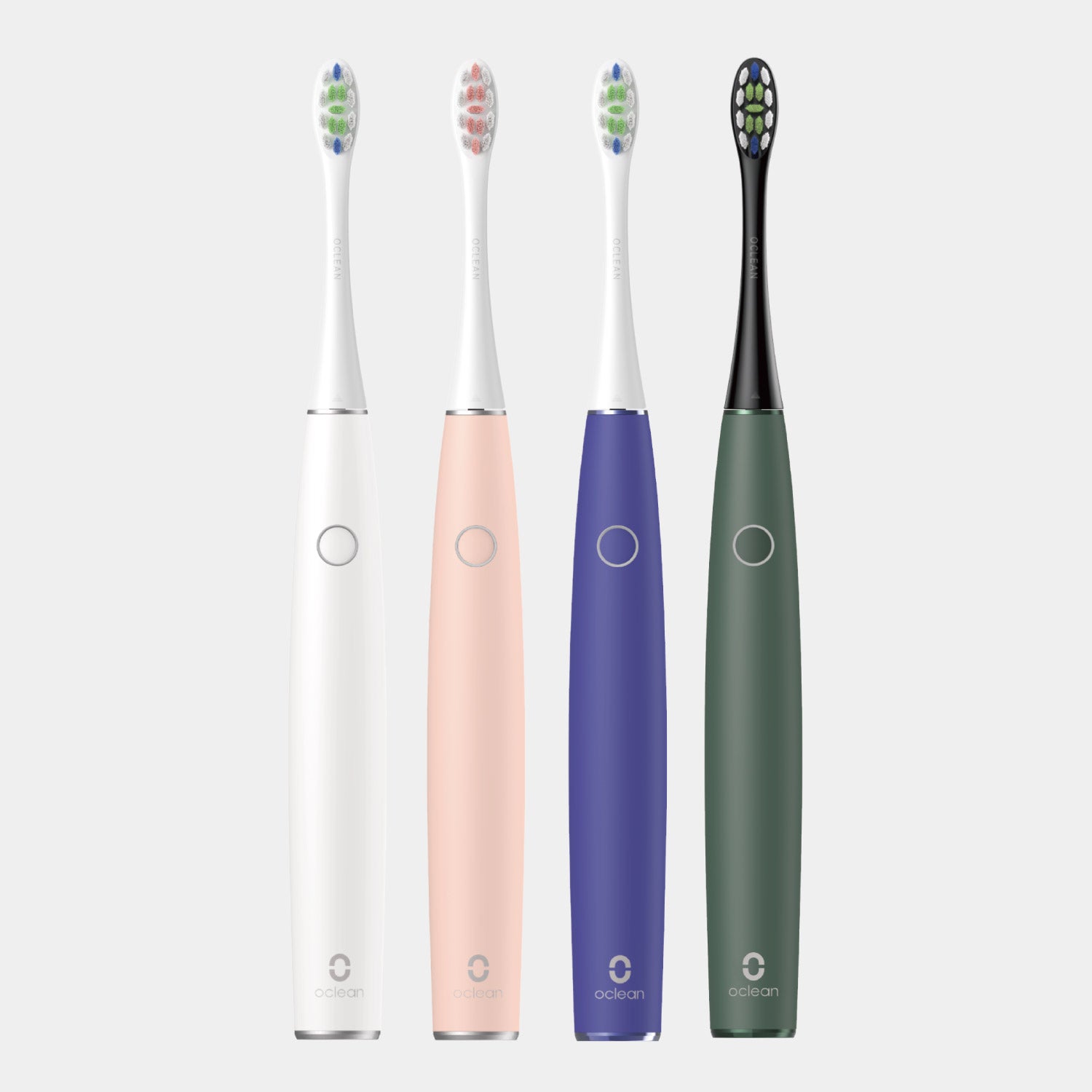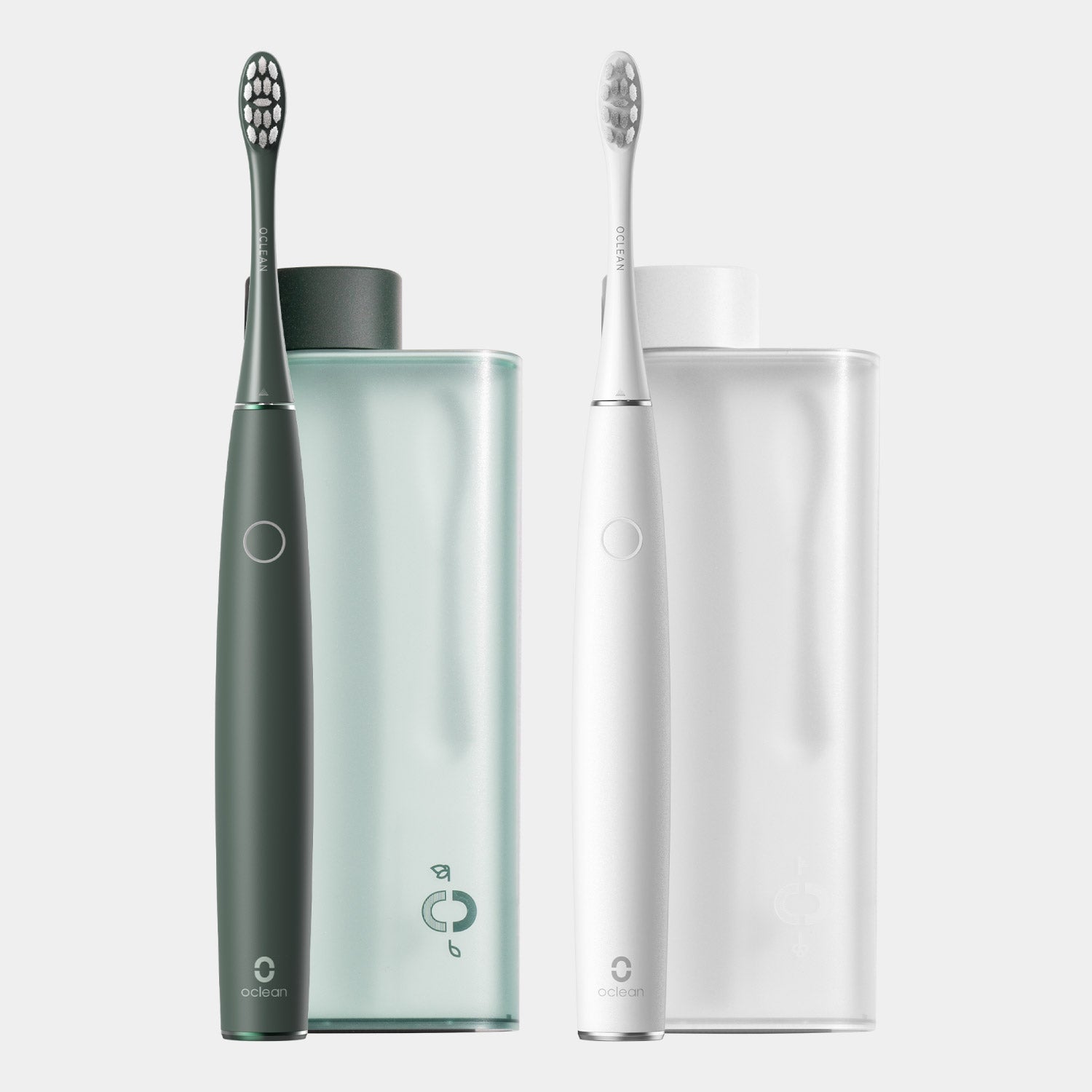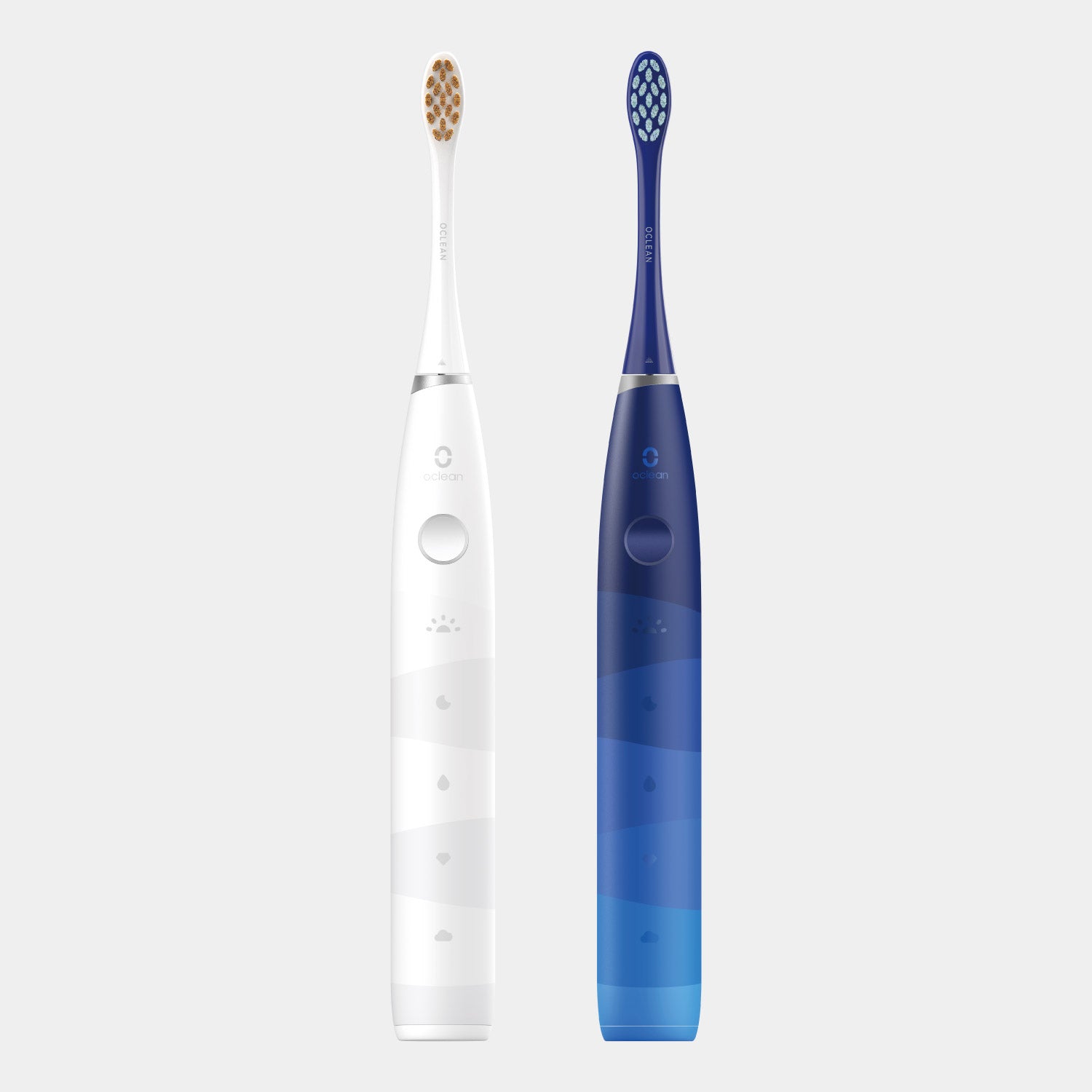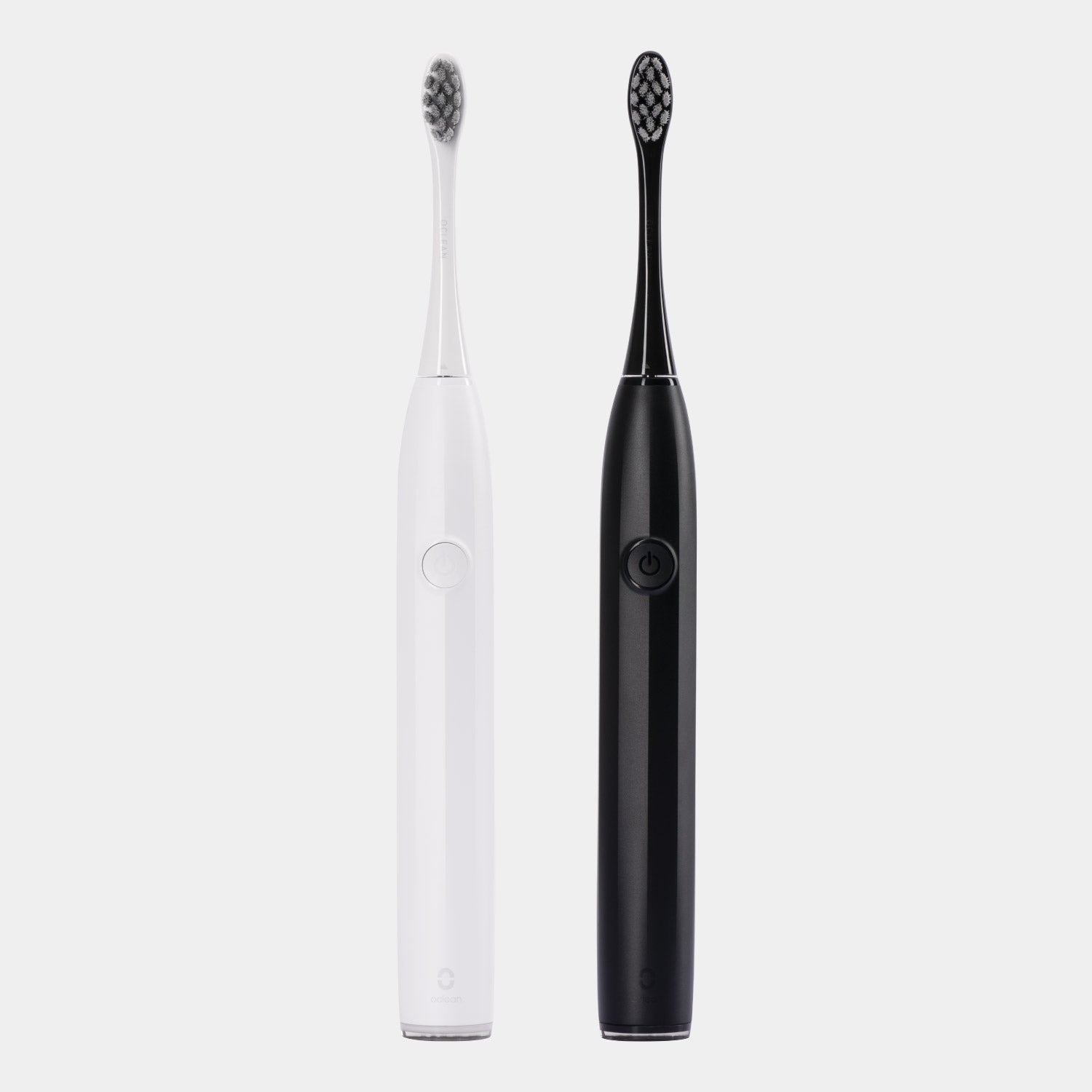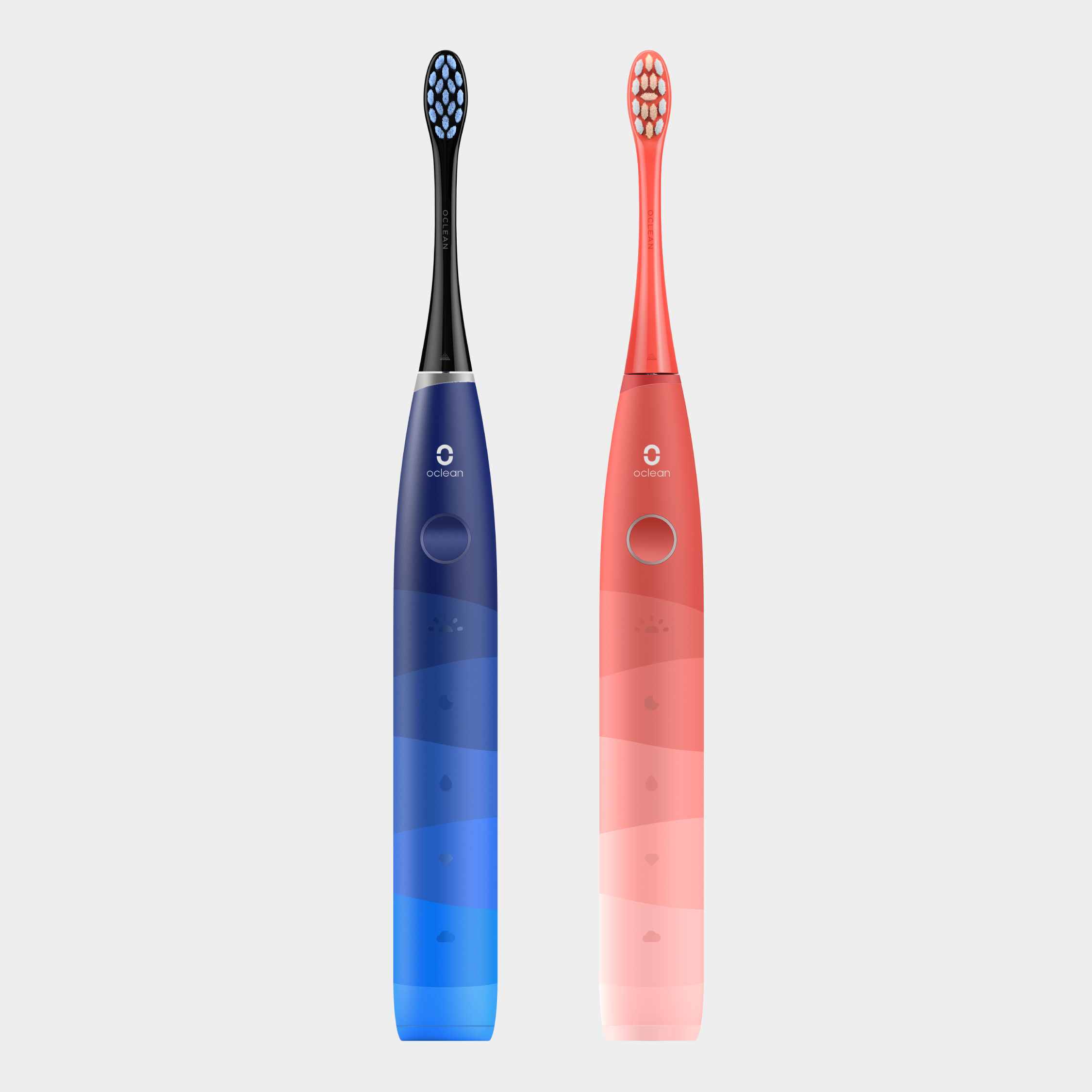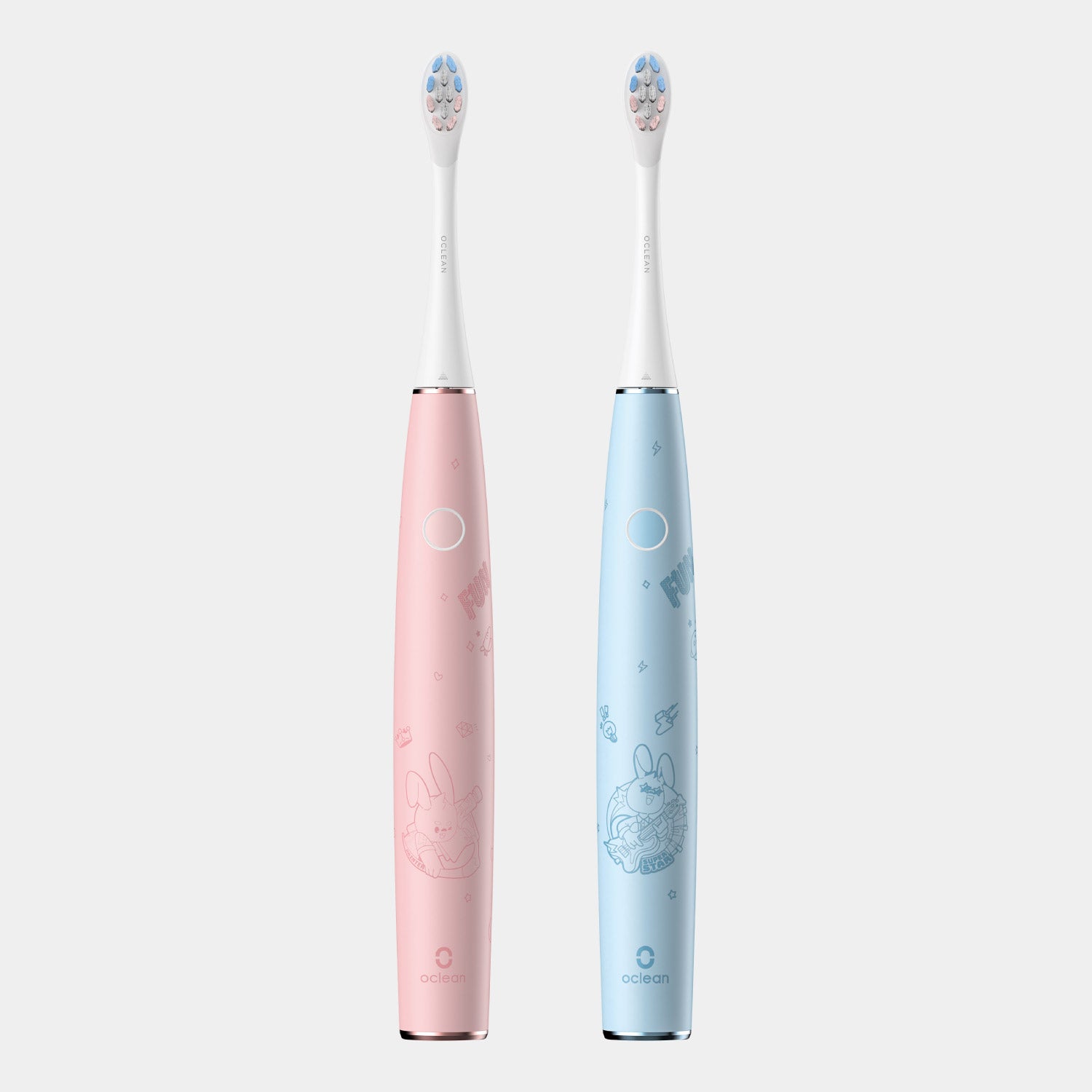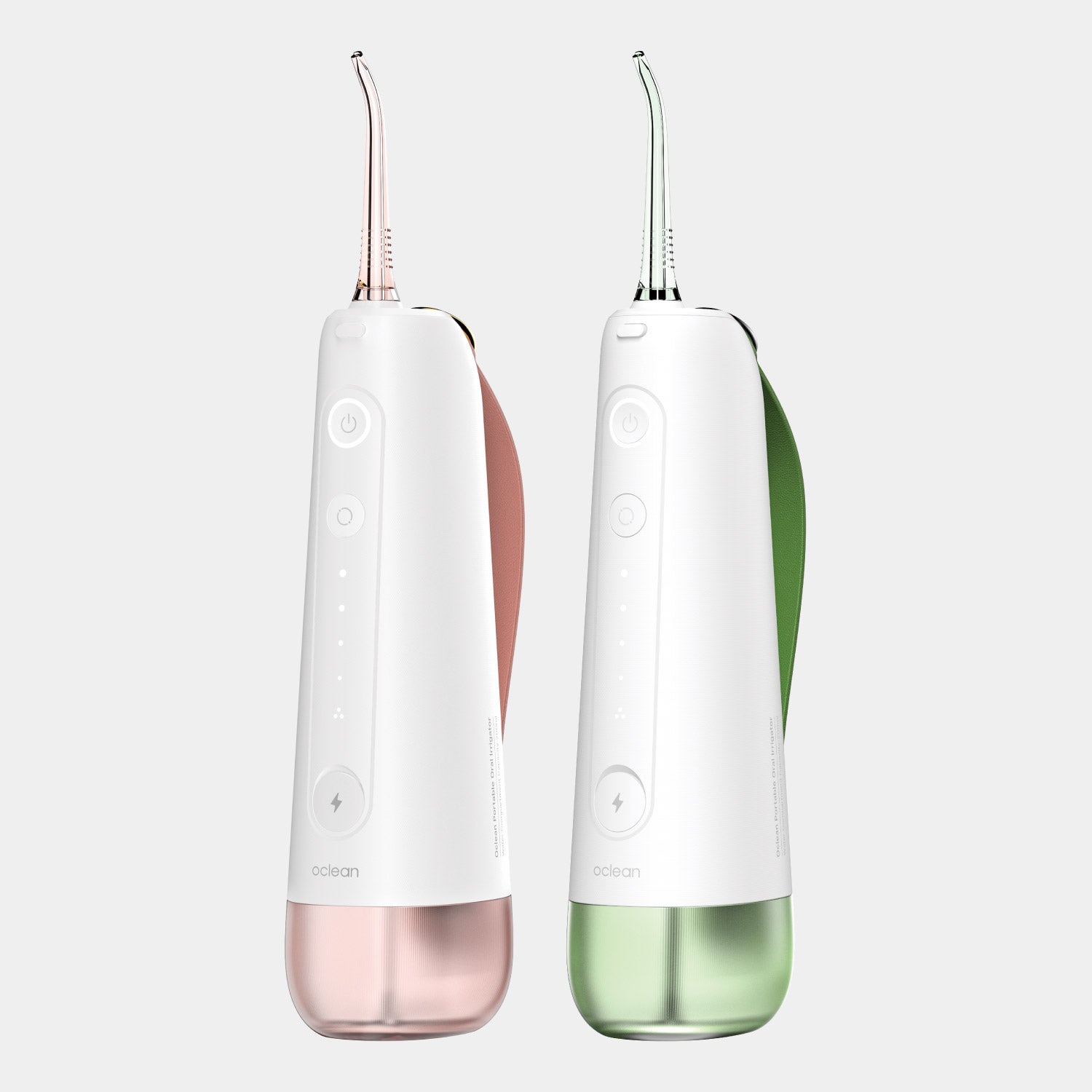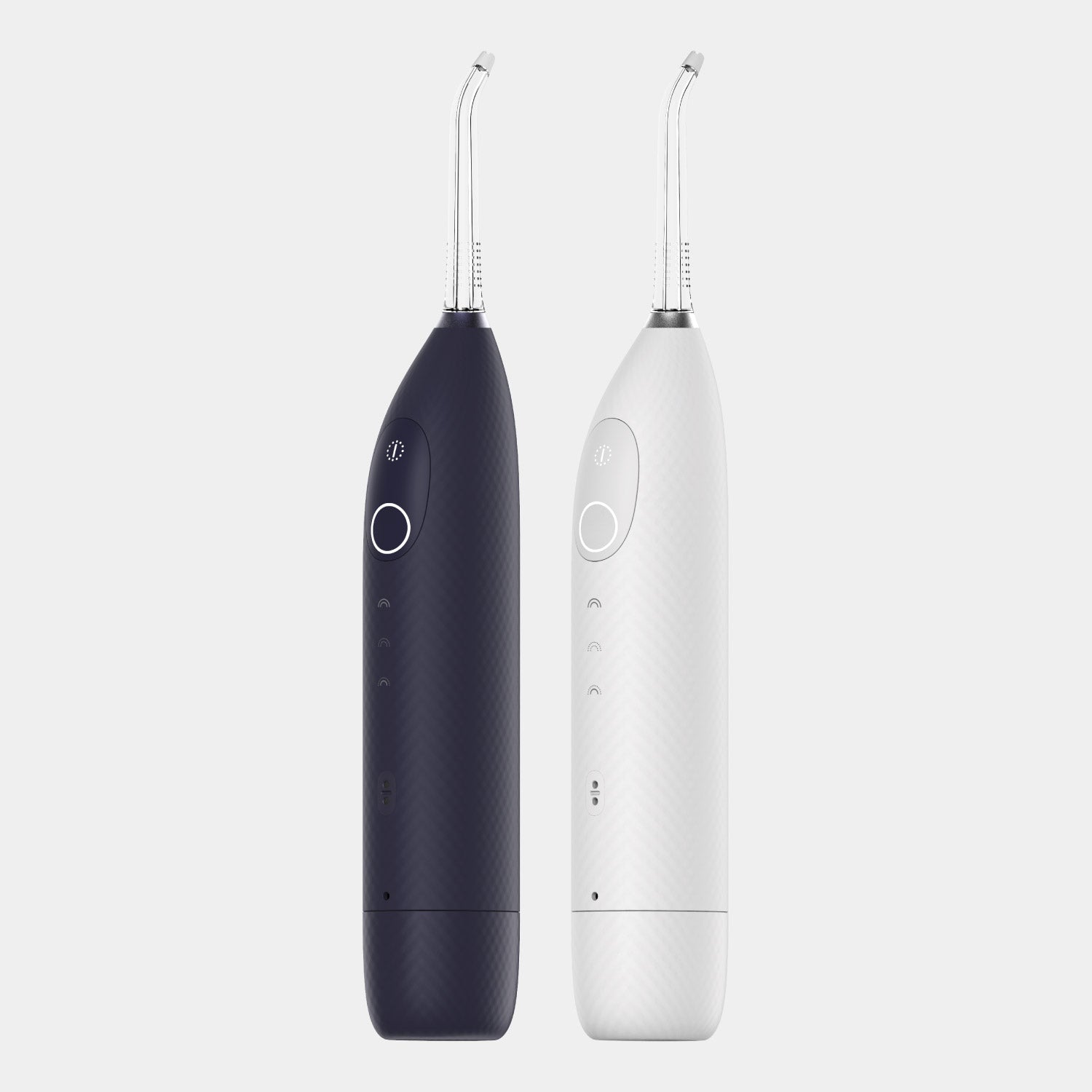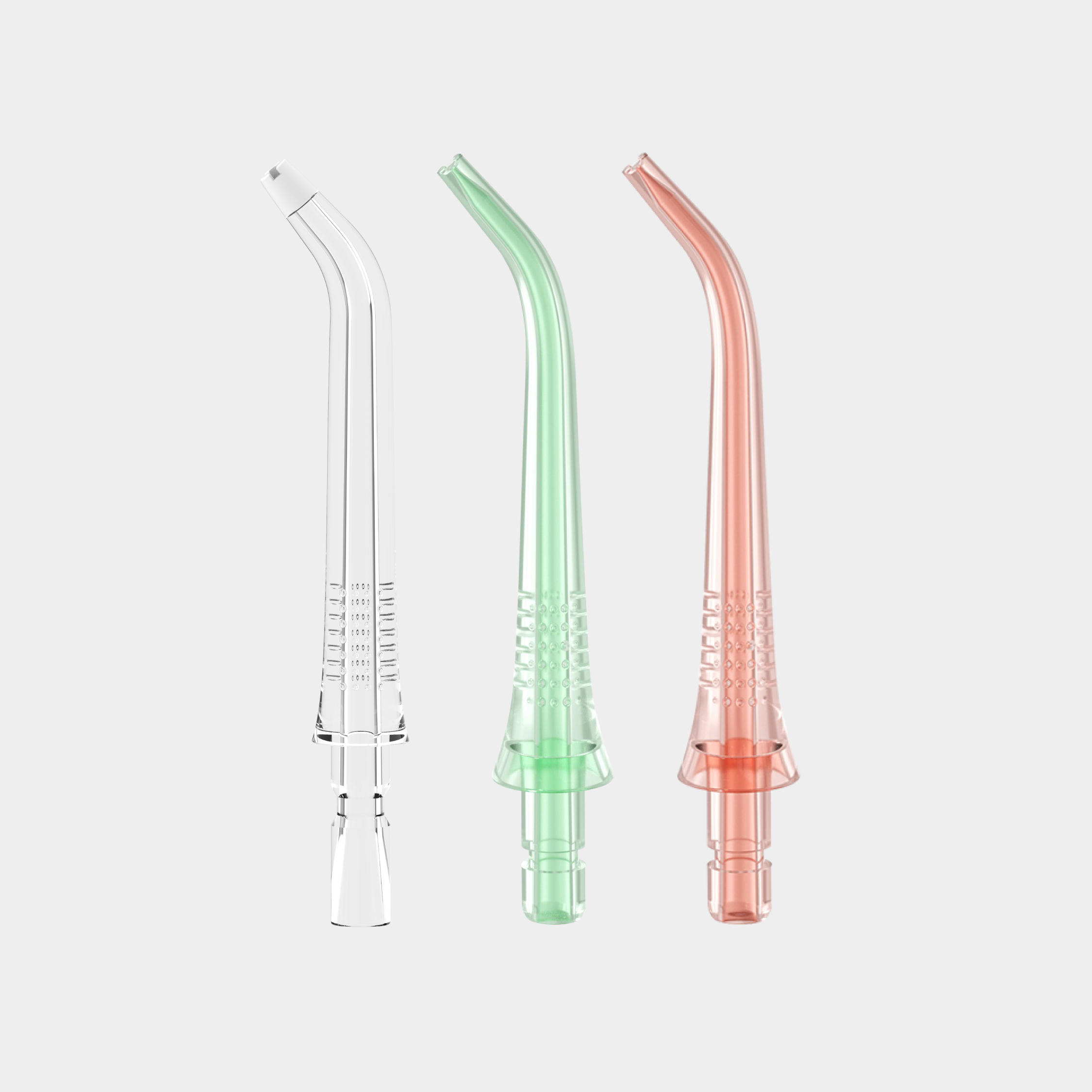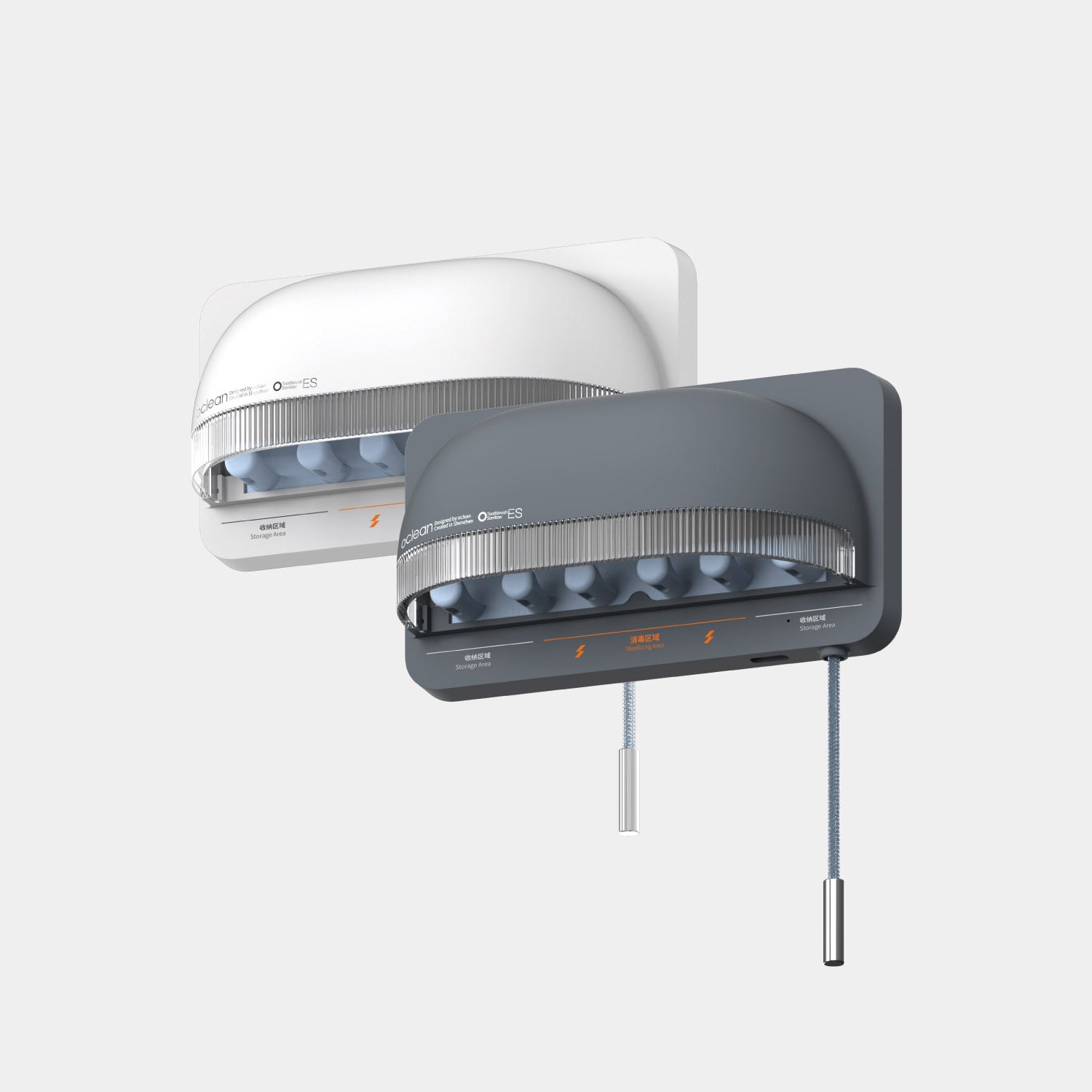Have you ever learned the correct method of using an electric toothbrush or how you should brush your teeth using that kind of a toothbrush?
Electric toothbrushes are mostly better than manual toothbrushes if they are used correctly. However, if your technique involving brushing your teeth is poor, no toothbrush will be beneficial for you to use.

How Electric Toothbrushes Work?
The innovation brought by electric toothbrushes has vastly improved oral hygiene. Electric toothbrushes boost plaque removal by using motorized bristles instead of relying on manual hand movements. They fall into two main categories: rotating-oscillating and sonic.
Rotating-oscillating brushes function by rotating in circles very quickly, enabling them to dislodge plaque from the surfaces of the teeth. Conversely, sonic toothbrushes, like Oclean products, utilize very high-frequency vibrations (greater than 30,000 strokes per minute) to generate fluid dynamics to leverage toothpaste and saliva deeper in between the teeth and gums.
The use of sonic toothbrushes is associated with greater reduction of gingivitis and enhanced gum health compared to the use of manual toothbrushes. Their gentle, yet powerful vibrations effortlessly eliminates bacteria without applying a lot of pressure, which is perfect for people with sensitive gums. With electric toothbrushes, users can maintain a high quality of oral health with little to no effort.
What Are the Pros and Cons of an Electric Toothbrush?
Pros
● It is easy to use.
● It is more efficient in removing plaque than a manual toothbrush.
● It helps in the reduction of staining.
Cons
● It isn’t cost-effective.
● It requires a shaver socket, an adapter, or an electric socket to charge.
The brush will brush itself, and all you need is fluoridated toothpaste with it. However, to ensure the effectiveness of brushing your teeth, you need to use toothpaste with fluoride.

How Smart Toothbrushes Are Taking Oral Care To The Next Level?
Smart toothbrushes are a great example of how technology has improved health care as it now enables personalized care through AI technologies and mobile apps. Such toothbrushes monitor users' brushing techniques and give them useful suggestions in real time.
Other relevant features include timers that, for example, remind users to brush their teeth for the full two minutes that a dentist would recommend and instruct them to evenly split the time throughout the mouth.
Another revolutionary feature is pressure sensors that warn users when they start brushing their teeth too hard, thus preventing gum bleeding and enamel loss. In any other case, smart toothbrushes are also known to monitor users' dental hygiene and turn out to be a great asset for parents trying to keep a check on their children's dental hygiene or adults wishing to improve their persisting dental problems.
Smart toothbrushes have different functionalities, such as multiple cleaning modes, interactive coaches, and progress tracking. These features make them an asset in preserving your dental health and making oral hygiene more enjoyable.
How to Use an Electric Toothbrush?
The method of using an sonic electric toothbrush requires the same path used for a manual toothbrush.
You must hold the toothbrush at a 45-degree angle with a bit of pressure and hold it for three to five seconds per tooth.
The starting point will be the buccal surface of the back upper teeth on the right and brush to the labial surface until you reach the buccal surface of the left side of your teeth. After this, brush the lingual surface of your molars left to right.
Move the toothbrush towards the lower jaw and follow the same process starting from the right side of your teeth. Then the left side and the outside surface of your teeth like you followed for the upper teeth.
Lastly, you must brush the occlusal surfaces of the teeth, also known as the biting surface, with a very minute or no pressure.
You don’t have to rinse your mouth, and you can spit out the toothpaste. If you want to brush your tongue, which is recommended, you can start from the back of the tongue and move towards the tip.
Most electric toothbrushes have a two-minute timer, which is enough to brush all your teeth properly. However, it is okay if you take longer and need more time to brush your teeth. Furthermore, most electric toothbrushes also have a red-light indicator to tell you if you’re brushing your teeth vigorously or applying too much pressure. Make sure you pay attention to that.

How to Use an Electric Toothbrush Properly?
Electric toothbrushes come with a built-in two-minute timer that can help you ensure you are spending enough time brushing your teeth. Some of them also consist of timers that give you an alert every thirty seconds. This lets you know that you should move to the next quadrant of your teeth or the next section of your mouth.
When brushing your teeth, you can divide your mouth into four sections like the following.
● The back surfaces of your teeth
● The front surfaces of your teeth
● The occlusal surfaces of your teeth and the lingual surfaces of your teeth
● The tongue and palate
When using a smart toothbrush, you don’t have to press the toothbrush very hard or brush rigorously. You must guide the brush gently along the surfaces while scrubbing them. Some electric toothbrushes have pressure sensors that will alert you when you brush too hard.
You should brush one tooth surface at a time, depending on the size of your toothbrush. To ensure thoroughness, brush one surface at a time and take your time.

Do You Brush Your Teeth Differently With an Electric Toothbrush?
The method of using an electric toothbrush is different from manual brushes. You’re not supposed to brush back and forth and tilt the brush upright while cleaning the inner surfaces.
The most common error people make while brushing their teeth with an electric toothbrush is that they move their brush around a lot. They only brush the bottom teeth a little bit and move towards the biting surfaces, followed by the front teeth. This is a very ineffective method and not very efficient either. You should brush your teeth using a proper method and don’t brush one surface less than the other. Ensure that all the surfaces are getting at the same time while brushing.
Floss your teeth after brushing because the fluoride does not penetrate the surfaces between your teeth to remove plaque. It will be more efficient and easier if you use a water flosser. Not brushing in between the teeth will not ensure the required protection. Furthermore, don’t even rinse your mouth after brushing your teeth because the ingredients in the toothpaste help take care of your mouth. Rinsing your mouth means you are eliminating all the essential ingredients.
Don’t apply too much pressure while scrubbing your teeth, and use a medium or soft bristle toothbrush. Always use fluoridated toothpaste and change your brush regularly. In the case of an electric toothbrush, change the brush head regularly.
You should also avoid using battery-powered ones because they usually die after every three weeks and do not even deliver the required power. Always make sure that you are brushing your teeth for at least two minutes.

Best Brushing Practices for Different Dental Needs
Selecting the correct electric toothbrush technique is important because everyone has unique dental needs, some more complex than others. For people with sensitive teeth and gums, sonic toothbrushes that have softer bristles and lesser intensity options clean teeth without too much discomfort.
People with braces benefit from special pediatric toothbrush heads that clean around brackets and wires. Moreover, water flossers can help eliminate debris from underwires and braces and are great for people with dental issues and long-term wearers of braces.
For people prone to plaque build-up, brushing along the gum line is important. Older adults may benefit from electric toothbrushes with flex handles and pressure sensors. Improving overall dental care by including these methods will ensure a healthier and brighter smile, regardless of age.
Why Do You Need To Buy New Heads for Your Electric Toothbrushes?
Using the same head on your toothbrush for too long will make it increasingly less effective over time. In the long run, the bristles will become less efficient at removing plaque, thus leading to bad oral hygiene. Dentists recommend changing the brush heads every three months or sooner if the bristles look worn out.
Another concern is hygiene; bacteria, along with debris, build upon the brush heads over time, increasing the risk of infection. Some models of electric toothbrushes include UV sanitizers, which expose the brush head to UV light, killing the bacteria and increasing the longevity of the brush head. Ensuring that the brush head is changed frequently aids in proper performance and protects oral health.
Common Myths About Using an Electric Toothbrush
Electric toothbrushes often come with a lot of misconceptions that demotivate users from making the switch.
One myth is that they are rough on gums. In fact, high-grade sonic toothbrushes are easier on the gums than manual brushing as they remove plaques without the need for scrubbing.
Another myth states that manual toothbrushes work just as well. However, the majority of electric toothbrushes have significantly better plaque removal and reduction of gum disease compared to manual toothbrushes.
People also believe that using an electric toothbrush means that there is no longer a need for flossing. While these do clean the surface of the teeth well, they cannot replace the need to floss, which removes plaque and debris from between teeth.
Another one is that battery-operated toothbrushes are as effective as rechargeable ones. In reality, rechargeable, smart electric toothbrushes maintain power output to provide a more reliable clean.
Some FAQs about using electric toothbrush
Do you brush back and forth with an electric toothbrush?
You must place the toothbrush outside each tooth for a few seconds. You don’t have to press hard or use the toothbrush back and forth like regular manual toothbrushes. The smart sonic electric toothbrush does the job for you, and as mentioned earlier, some brands even alert you about the pressure.

Do you use toothpaste with an electric toothbrush?
You should use fluoridated toothpaste with electric toothbrushes, just like manual toothbrushes.
How long should you clean your teeth with an electric toothbrush?
You should use your electric toothbrush for two minutes, but if it takes you longer to clean all the surfaces, there is no harm.
Do I brush my teeth before or after breakfast?
It is recommended that you brush your teeth after breakfast.
The Bottom Line
Do you know that your oral health tells a lot about your general health? Poor oral care can cause major issues such as heart problems, diabetes, and even lung infection. The build-up of bacteria causes gum disease, which can lead to higher inflammation and more issues beyond the mouth.
Electric toothbrushes lower the chances of developing gum disease by cleaning plaque and enhancing the gums. Therefore, good oral hygiene practices like brushing, flossing, and visiting the dentist contribute to your overall well being.

So, what are you waiting for? Go for the Oclean X Pro Sonic Toothbrush, which not only preserves a dazzling smile but also improves your overall health and well-being.



